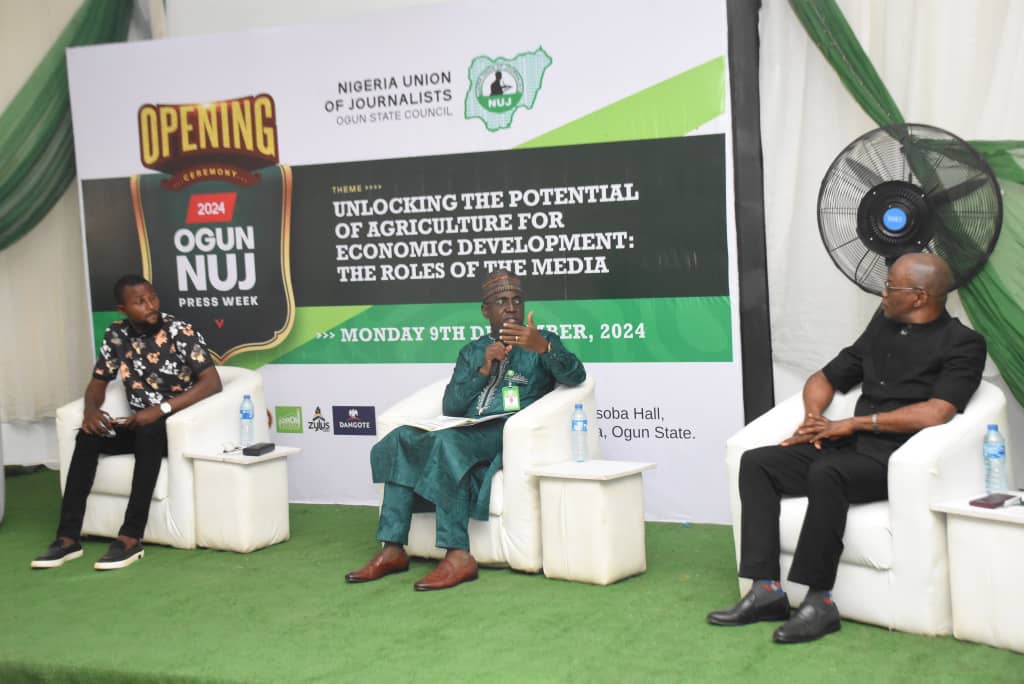I n a bid to actualise its tripartite mandate, the University has been working with farmers in the Southwest region of Nigeria, to improve cassava production. This piece of information was given by the Vice-Chancellor of FUNAAB, Prof. Kolawole Salako during a live television programme on the Ogun State Television (OGTV), to celebrate the nation’s 60th independence anniversary. Prof. Salako revealed that the University had been involved in giving improved varieties of crops to farmers, especially with the Cassava: Adding Value for Africa (CAVA), as sponsored by the Bill and Melinda Gates Foundation. He recalled that during his days as the Director of the Agricultural Media Resources and Extension Centre (AMREC) of FUNAAB, the University had worked with virtually all communities in the Southwest region by giving improved varieties of crops to farmers.

The Vice-Chancellor said that all the Universities of Agriculture should integrate everything they do; be it basic science, engineering or management science into the development of agriculture in Nigeria. Attributing the several awards won by the University to the total commitment and dedication of staff to their duty, which had always given FUNAAB an edge over other Universities of Agriculture in Nigeria. On mass production of food, Prof. Salako confirmed that very soon, with the support of the government and philanthropists, FUNAAB could feed Ogun State even though the University had been producing for its immediate environment and the people had been buying yam, maize and other products of the University. He added that FUNAAB had prepared for Post COVID-19 effect in the area of food production, but was slowed down by the rain that stopped midway, but noted that rice and some other produce items were picking up with the rain that had now re-appeared. In the area of academics and ahead of students’ resumption, he said that FUNAAB had embarked on the building of more classrooms to avert the pandemic while the University Management was also working tirelessly to ensure that lecturers deliver lectures to their students by using a combination of physical contact and virtual learning.








